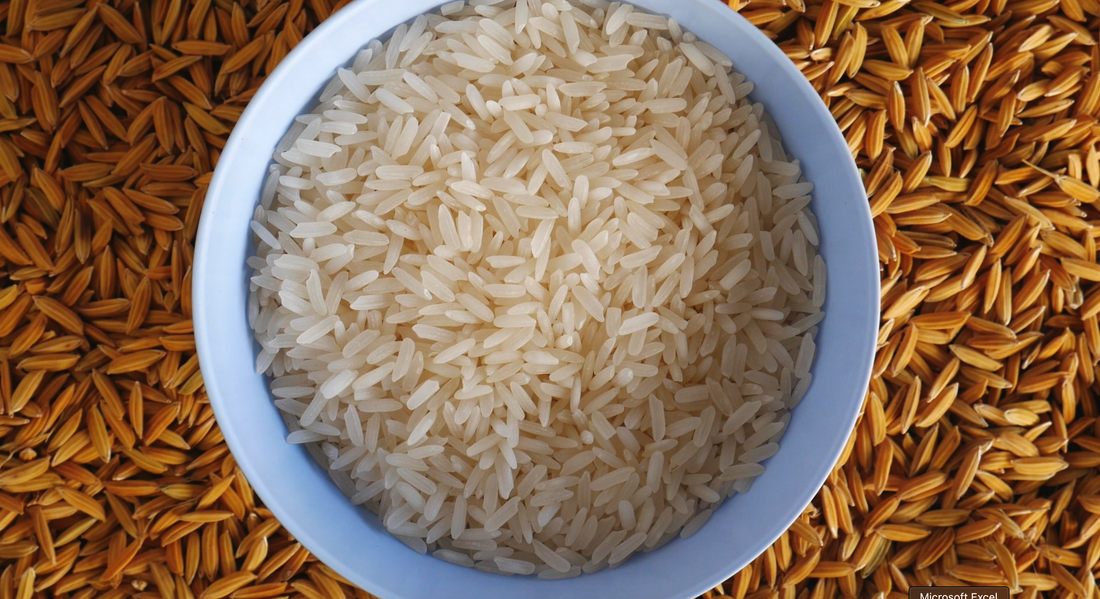Rice naturally absorbs arsenic from the soil. However, today, the levels of inorganic arsenic in the earth are extremely high, thanks to the contributions of human beings through modern agriculture, the use of an enormous amount of pesticides, mining, and the significant release of pollutants daily.
Arsenic can cause many chronic diseases, including cancer. It is associated with intestinal dysbiosis, obesity, metabolic syndrome, diabetes, chronic kidney disease, chronic heart disease, cancer, and maternal and fetal complications. It is even believed to be related to cases of neurological deficit disorder (NDD) and autism spectrum disorder (ASD), which is very alarming.
The question is: how can we consume rice while minimizing its arsenic content? The answer lies in choosing the right rice, understanding how to cook it, and determining when to eat it.
Brown rice has more fiber but also contains more arsenic. White rice, with the husk, germ, and bran removed, has lost fiber but also arsenic content.
So, if you maintain a balanced and healthy diet, including a good amount of vegetables, fruits, seeds, nuts, and more, it means that you consume enough fiber. Therefore, the fiber that rice would provide would not make a significant difference.
Cooking and refrigerating rice for at least 24 hours create resistant starch that our body cannot fully digest because it is resistant to the enzymes that break it down. As a result, it passes intact through our small intestine, acting as prebiotic food for our gut bacteria. This means it helps increase "good" bacteria. Additionally, this starch is not converted into sugar, improving the response to insulin and making us feel more satiated.
Washing, soaking, and rinsing rice before cooking also help remove some of the arsenic. And, of course, the idea of having a balanced diet means consuming a wide variety of foods, which implies not eating rice daily to make room for other accompaniments such as potatoes, more vegetables, quinoa, sweet potato, cassava, etc.
So, if you want to eat rice at home, my recommendation would be white rice, cooked and cooled for 24 hours.






